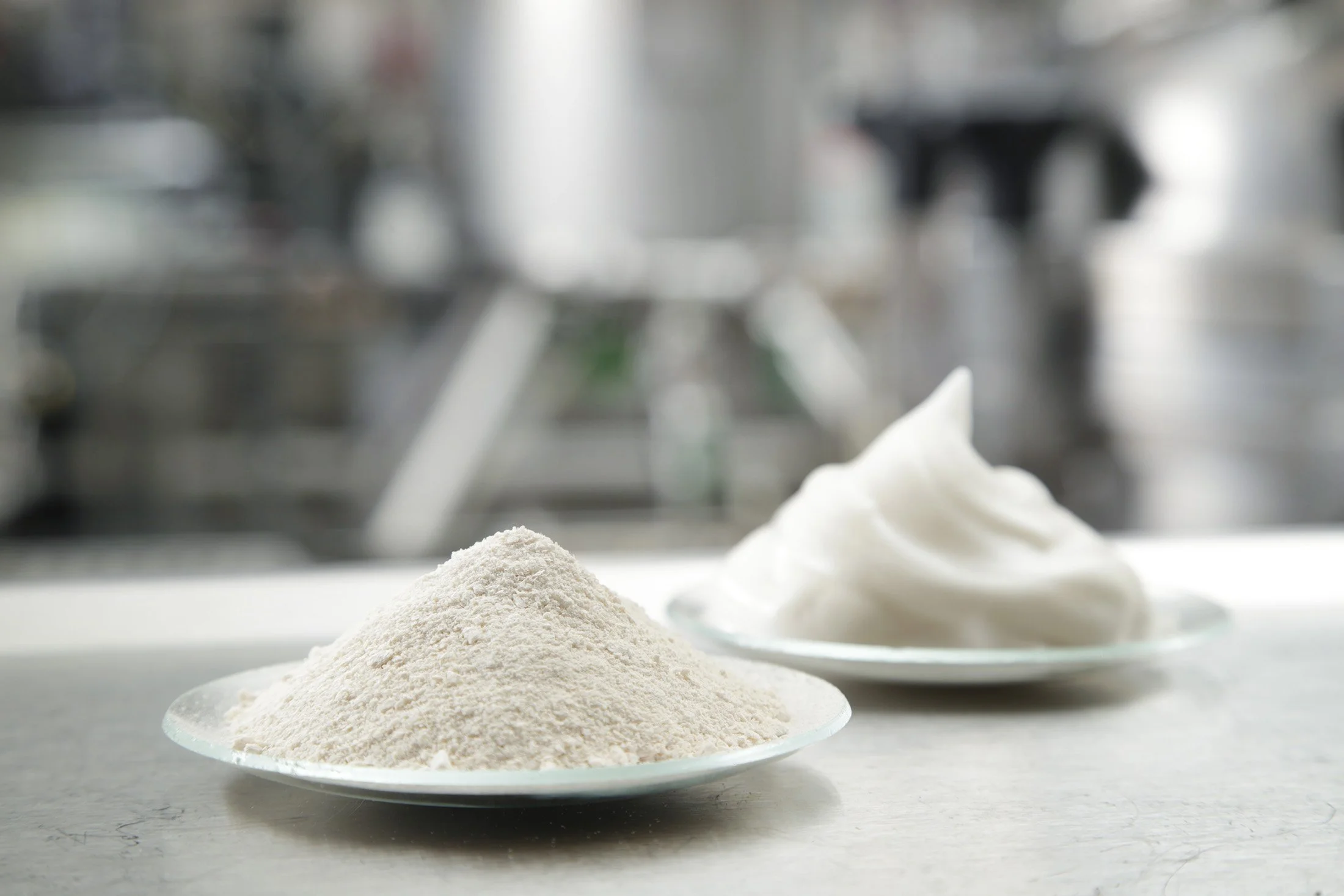Laying the foundation for the animal-free egg white
Precision fermentation is a safe, half-century-old technology that enables cellular organisms to produce complex molecules, such as proteins identical to the natural ones. This technology, similar to brewing beer, has been used for tens of years for producing food additives such as various enzymes and rennet, as well as for medical products. Now it’s time to use the same technique and process to produce ovalbumin that would normally need chickens.
How it works
We’ve chosen to use a microflora called Trichoderma reesei as our living factory for producing the ovalbumin. Trichoderma reesei was discovered during World War II when military leaders found out what was responsible for rapid deterioration of clothing and tents on the Solomon Islands in the South Pacific. It’s named after the scientist Dr. Elwyn T. Reese, who with colleagues, originally isolated this hungry fungus and set the scene more than 70 years later for the research that will eventually revolutionize the food system we have today.
The ovalbumin genetic blueprint is introduced to the T. reesei cells, so that it starts producing egg white instead of its own proteins. No chickens are needed in the process, as we get the information from scientific genetic databases that work like a library of life.
We let the microflora grow in an optimal environment in the bioreactor. Depending on the process stage, we let it gorge on glucose and nutrients or starve with little food at all, so that the production reaches the highest possible levels.
At the end of the process, our next generation hen house i.e. the bioreactor is filled with ovalbumin, water and biomass from the microflora. We separate the biomass from the egg white, and dry the liquid into powder form.
The biomass itself is valuable material that has many possible usage scenarios with our partner network.






